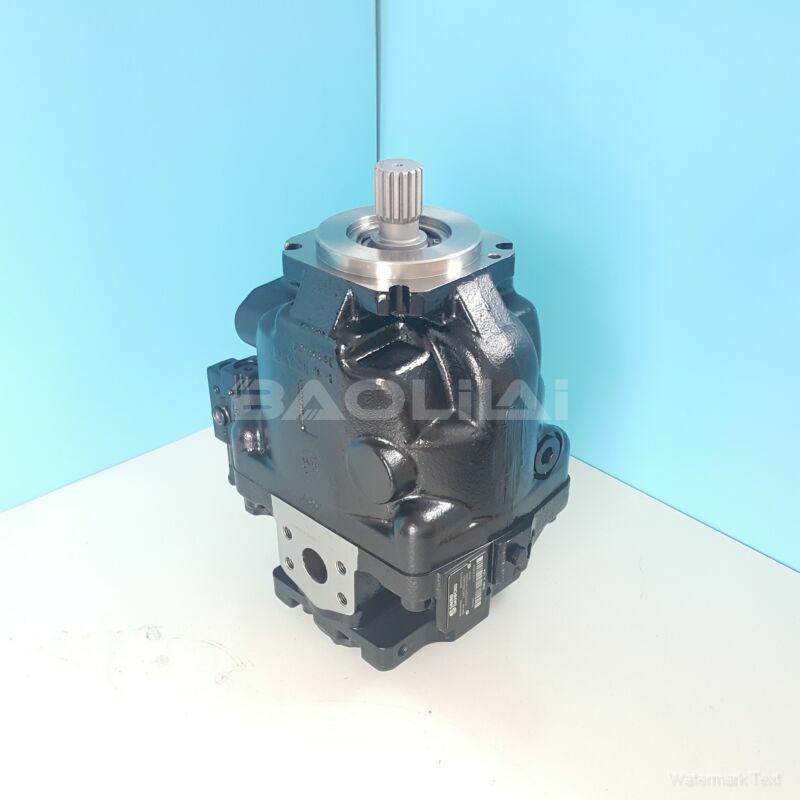ERL130BRP2520NNN3S1APA1NAAANNNNNN hydraulic pump
ERL130BRP2520NNN3S1APA1NAAANNNNNN hydraulic pump

- Product Details
- Applicable Scene
Cavitation in hydraulic pumps is a significant concern for large manufacturing facilities that rely on fluid handling systems for their operations. This phenomenon occurs when the pressure of the fluid drops below its vapor pressure, leading to the formation of vapor bubbles that can cause damage when they collapse. Addressing cavitation not only enhances pump performance and longevity but also improves overall system efficiency. In this article, we will explore the causes of cavitation, its effects, and effective solutions to mitigate this issue.
ER-L-130B-RP-25-20-NN-N-3-S1AP-A1N-AAA-NNN-NNN
ERL130BRP2520NNN3S1APA1NAAANNNNNN
Understanding the Causes of Cavitation

83002956
Cavitation can occur due to several factors, including:
Low Inlet Pressure: If the fluid at the pump inlet experiences a drop in pressure, it may lead to cavitation. This can happen due to improper pump selection, misaligned piping, or blockages in the fluid path.
High Fluid Temperature: Increasing fluid temperature reduces the liquid’s density, resulting in a higher vapor pressure. If the operating temperature is too high, it can precipitate cavitation.
High Flow Rates: Excessively high flow rates can cause a significant drop in pressure, leading to cavitation. Designing a system without proper flow control mechanisms can contribute to this problem.
Pump Design Features: Some pump designs are more prone to cavitation than others. For instance, incorrect impeller selection or a poorly designed suction line can increase vulnerability to cavitation.
Effects of Cavitation
Cavitation can lead to several detrimental effects on hydraulic systems:
Damage to Pump Components: The vapor bubbles that form can implode violently when they move into areas of higher pressure, causing pitting and erosion on impellers and other components.
Reduced Efficiency: Cavitation adversely affects pump performance, resulting in decreased flow rates and increased energy consumption.
Increased Maintenance Costs: The need for frequent repairs or replacements due to damage from cavitation can significantly inflate maintenance budgets.





